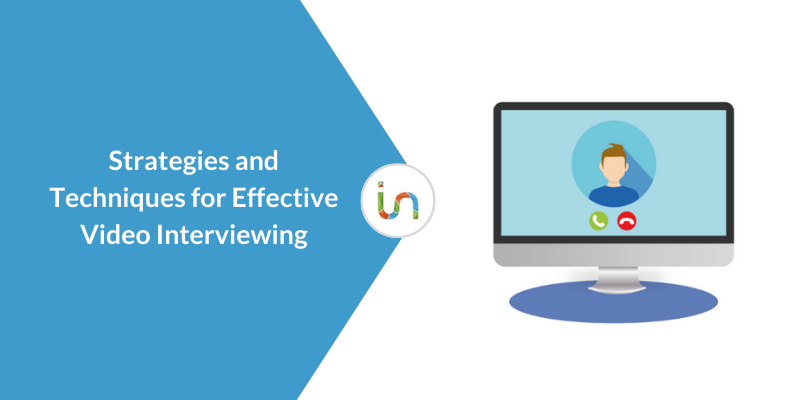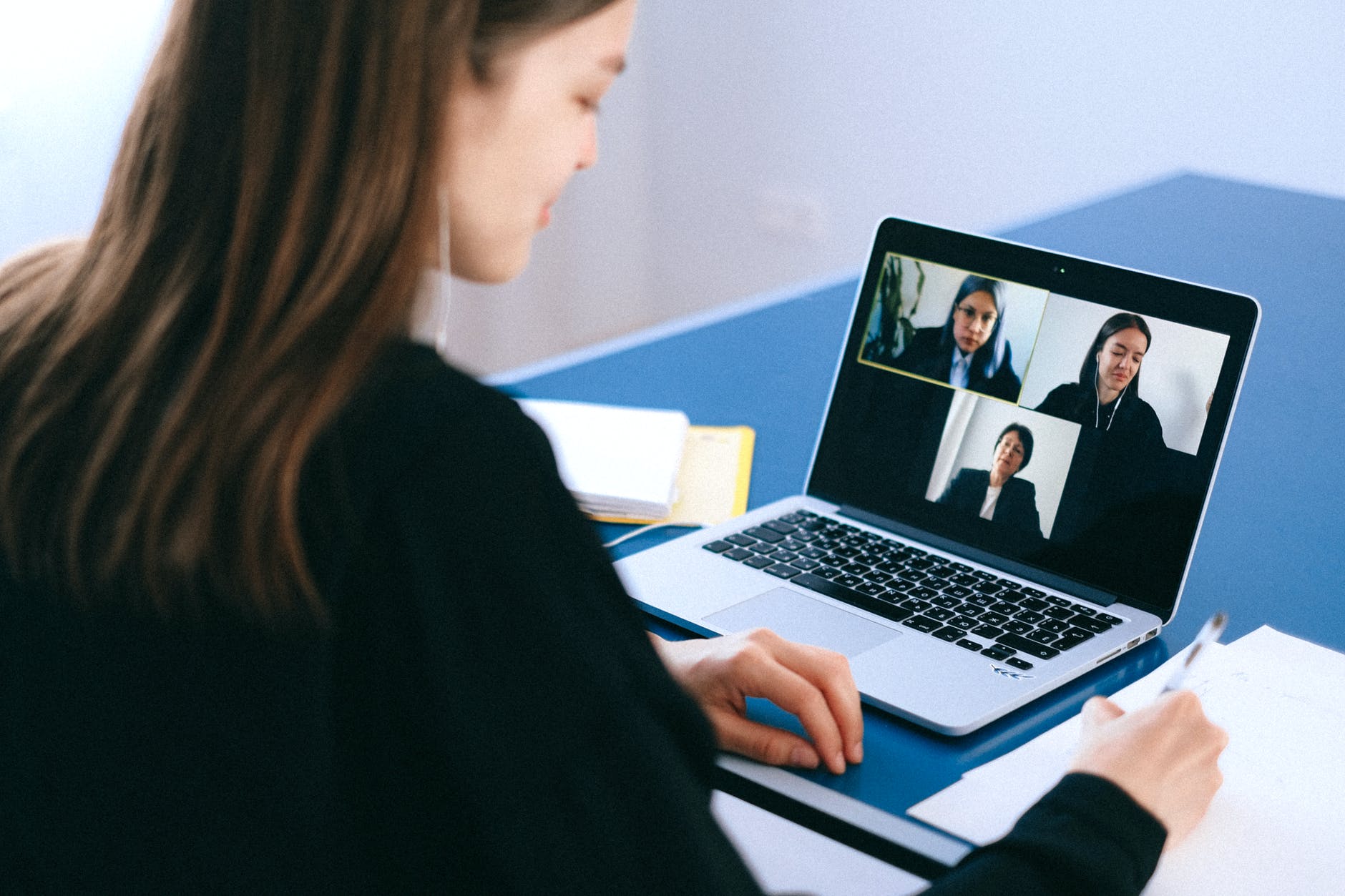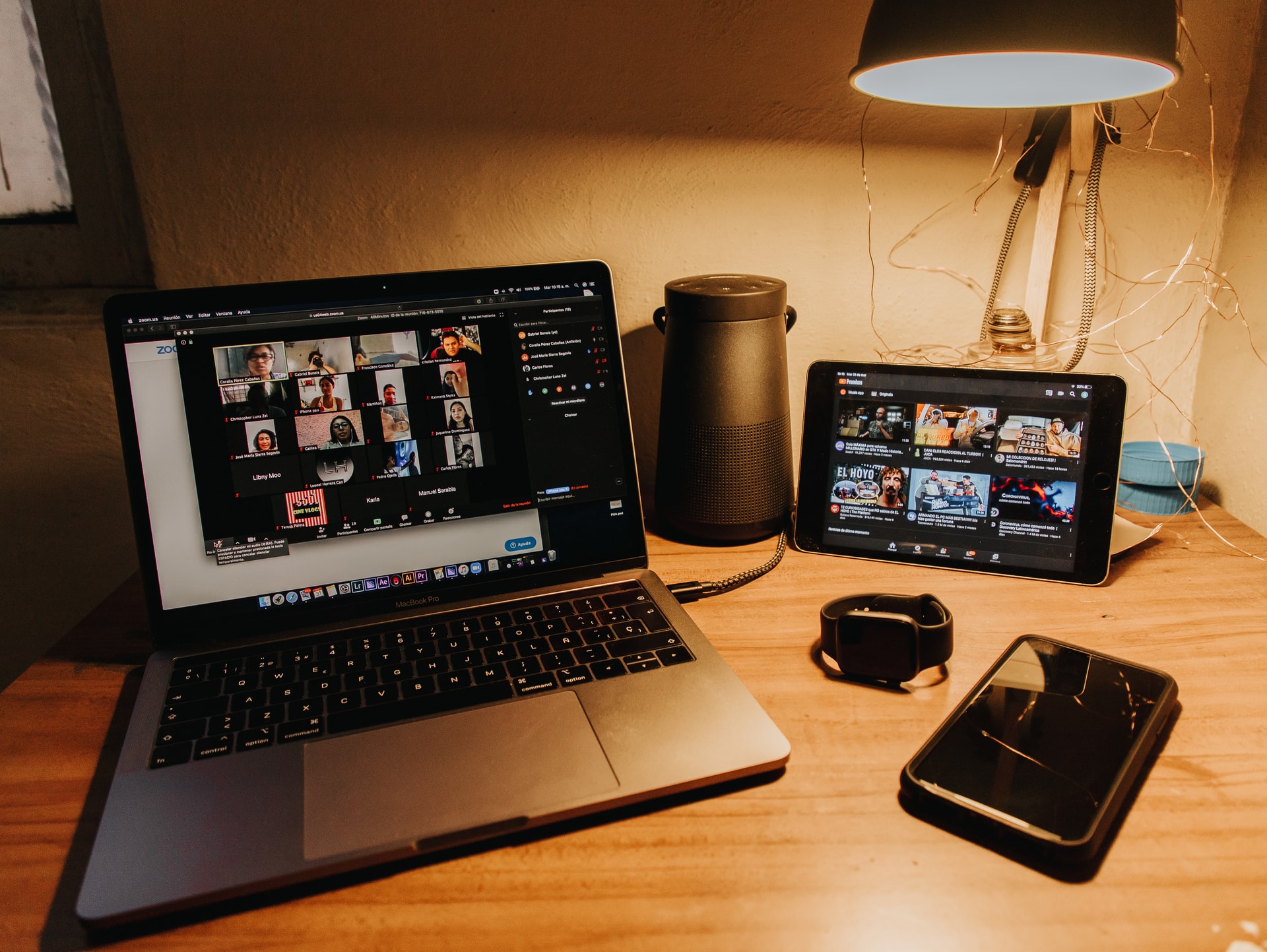
Strategies and techniques for conducting an effective video interview
If there’s perhaps one positive thing we’ll remember about the Coronavirus pandemic, it’s the realization that it’s not always necessary to travel and grind miles to meet. Nor is it that meetings – which are obviously always desirable – must be organized in presence at all costs, especially when it comes to the world of work. And this also applies to recruiting which, never before, has dusted off the tool of the video interview.
To be used not only in extreme cases such as a health emergency, but which can be, in fact, a first way to get to know a person who perhaps has intrigued us with his or her curriculum vitae, to test the knowledge of someone we met during an event (thus in the pre-screening phase) or an excellent alternative when, for example, a company is in a delicate phase such as the renovation of environments and does not have an ad hoc space for an interview.
What is a video interview and why is it increasingly important?

As the word itself implies, therefore, it is an interview that takes place via video, using one of the many online platforms or using an ATS (Applicant Tracking System) software such as In-recruiting, which has developed and integrates a system for managing live video interviews: Meetin. The online interview is also an excellent alternative to the telephone interview because in the pre-screening phase it not only saves time, but also provides more information about the candidates.
Compared to the phone, in fact, with a video interview you can understand more about the person in front of you, what are their features, how they gesture and if they do, you can associate an expression to the tone of voice and understand other details such as makeup, clothing, how to prepare.
Also on the candidate side, a live interview can be a good opportunity to make oneself known in a more direct and immediate way than what is written in one’s CV as well as an opportunity to show one’s ability to sustain a live dialogue. In addition, knowing how to use a platform, knowing how to share a video while speaking, makes it immediately clear whether or not the candidate is familiar with certain online tools.
The deferred video interview
What we have just talked about is the video interview that takes place live, but an interview of this type can also be done later. How does it work? Since this is a type of asynchronous communication, a candidate is asked to answer pre-filled questions, perhaps getting help from a chatbot that asks them for us.
This method can be used during an online recruiting campaign when you want to skim as much as possible the many applications received: you can, for example, have all candidates fill out a questionnaire – using, for example, ATS software – and, combining the answers obtained with the characteristics sought, ask only those who are actually online to participate in a video interview afterwards. And to do so at a time that suits them best.
This can also be used at a later screening stage, perhaps asking a shortlist of candidates to answer more technical questions to find out what hard skills they possess.
The benefits of a video interview

That said, what are the benefits of video interviewing? There are obviously many pros, as well as some cons.
Using a video-interview means undoubtedly reducing the costs and problems associated with planning, which are much lower than a live interview, and instead of using considerable economic and human resources, it avoids significantly prolonging the selection process as well as employing more recruiters to find the perfect candidate. In addition, the video-interview also meets the needs of the candidate much better because it is not certain that, on his side, everything happens with the immediacy we would expect. For example, someone who is about to leave a job that is equally lucrative may need more time to decide what to do. If you don’t give it to them, you risk bringing someone into the firm who won’t really want to do it.
Video interviewing then allows for a more standardized selection process. What does that mean? It means that with pre-set or delayed answers, the selection process can be made more homogeneous and, through a more structured interview than could be live, the various candidates can be evaluated fairly and from more points of view, not only on the basis of the CV but precisely on the basis of their skills. In addition, video interviews, if done as a live interview, can be recorded – as long as you ask the candidate’s consent – or already be recorded by default if they occur on a delayed basis.
It’s just as effective for meeting the needs of a passive candidate who, not actively looking for work, may be interested in finding out what you have to offer, but not in taking time off work to come in or burning up their entire lunch break.
In terms of talent acquisition, therefore, video interviewing is a very important recruitment tool for those who are not desperately looking for a new job, but who are not entirely averse to new career opportunities.
By offering such a candidate a video interview, they will be able to organize their day in the best possible way, carving out time and space for a live interview or a delayed recording, which will most likely take no more than 30 minutes.
Among other advantages, it also offers a positive candidate experience in terms of employer branding and talent attraction. Why? Because the video interview shows those interested in the company that it is on the cutting edge, that it takes advantage of all the benefits that technology can offer and at the same time tries to make candidates feel as comfortable as possible, meeting their needs.
7 tips for conducting an effective video interview

Having clarified the benefits, how do you make sure you’re using this tool effectively? Here are 7 tips to put into practice right away when choosing the video interview mode.
1. Start with the right questions
The first tip we can give you is to start with the right questions. Defining the questions that you will ask during the video interview is essential, so we recommend that you do not go beyond 10 questions, which is the maximum you should aspire to. Also because we have said that an interview of this kind also serves to save time, if you go beyond 10 questions, you risk not achieving the objective, but also “stressing” the candidates too much.
In addition, if you can, borrow journalistic techniques in conducting the interview: start it with an easy question that allows candidates to feel at ease, slowly you will go into detail.
Tip: If you can, add one or two questions that require a written response to test writing skills.
2. Design the video interview without leaving anything to chance
It may seem like a trivial piece of advice, especially for someone who has been a recruiter for a long time, but it’s not, because by changing the mode and relying on video, everything changes. Video can help a conversation, but it can also “flatten” it. Everything that comes naturally in a live meeting, in video mode should be designed to avoid awkward moments, to make up for a bad connection, a candidate who can’t share the screen, etc….. This is in regards to the live interview mode, but broadly speaking it applies to the deferred interview as well.
Make sure that the video interview respects all the stages of a traditional interview starting from the welcome and continuing with the informal conversation we mentioned earlier.
Therefore, if you’re handling multiple live video interviews on the same day and you can’t keep to a schedule, don’t leave the candidate hanging, rather provide a waiting room with a message letting them know when you’re going to start. It’s no more or less, if you think about it, than when you welcome your candidate into an ad hoc room offering them coffee and chocolates.
On top of that, make sure you replicate all the steps of a live interview: introductions, questions and answers, information about the position to be filled, next steps.
And this applies both in live and deferred mode, indeed in the second case you have to pay even more attention to the questions to be asked.
3. Keep an eye on time
Video tires you out. If you’ve done a lot of video calls in this period, a lot of online meetings, you’ll have noticed. The time is the same, but in some ways it stretches and it feels like instead of an hour, it’s been two. That’s why you need to design the timing based on the goals you want to achieve.
If the interview is in live video mode, set a maximum time and intermediate times to achieve the goals you set. If the video interview is in asynchronous mode, design it so that the candidate respects these timelines, and if necessary, provide clear guidelines.
As in a one-on-one meeting, try to ensure that it lasts no more than 45 minutes. In fact, half an hour is ideal.
4. Choose an ad hoc platform for recruitment
Yes, there are the various Google Meet, Zoom, etc., but if you are recruiting and you are doing it seriously, you need an ad hoc platform because the video interview is only one part of the recruitment process. Before choosing one, ask yourself some questions: do you mostly conduct individual or group interviews? Do you prefer to conduct live or delayed video interviews? Do you need the candidate to fill out a form before the video interview?
In short, based on the various answers you’ll give yourself, you’ll have to choose the right platform or rather the right recruitment software. With an ATS, for example, you can facilitate the video presentation by the candidate, you can, as we said before, do a pre-selection, have a survey filled out etc… and have everything “in one place”.
Don’t think it doesn’t matter because the platform is everything. In fact, it’s nothing less than a room where you do a live interview: if it’s sloppy, messy, filters little light, is noisy, you’re certainly not going to put the candidate at ease and let them know you didn’t think much about their needs when setting up this appointment.
It also applies to the “place” where you do the video interview, which is why the platform must be not only functional but congenial.
5. Be clear and transparent with the candidate
It may seem strange to you, but for a video interview there are never too many precautions and you must provide the candidate with real instructions for use. Not all candidates have experience with video interviews, so it may be useful to include in the email through which we send the link for the video interview a briefing on how the selection process takes place, the timing and some advice on how to best manage the interview (try audio and microphone, take care of what’s behind your back, have a good online connection).
6. Pay attention to non-verbal language and “outline”
Yes, this is a tip that also applies to the live interview, even more so in video mode as many things through a camera may not jump out at you immediately.
Pay attention to the way the candidate gestures, if he/she looks you in the eye or looks away, if he/she tends to look down, and also how he/she has positioned the webcam. This last thing, along with the surrounding environment, i.e. the place in the candidate’s home where the interview is taking place, says a lot. If the framing isn’t the best, it means the candidate hasn’t rehearsed right, ditto if it has an inappropriate background, it means he hasn’t prepared the field of view.
In addition, a candidate can also connect from a cell phone as long as he or she is not taking the video interview, recorded or live, it doesn’t matter, while walking, taking transportation, or going home. These, you’ll agree, are more than details. They are real indications of your involvement and “preparation”.
7. Take your time and carve out your own space to evaluate the video interview
If you are watching a recording of a video interview, you as a recruiter need to do your part as well. Don’t watch it while you’re on your lunch break or while you’re waiting for the boss to see you after a 15-minute wait. You need to find the best conditions to do this: a secluded room or at least one that is not very noisy, a schedule that is free of commitments or time set aside ad hoc (and if your schedule is visible to the whole team, mark this commitment explicitly so that they do not disturb you), and maximum comfort.
Also, because it’s critical that you don’t rely on the first answers candidates give you, but that you go above and beyond. It is known that – especially in a deferred video interview – at the beginning a person is embarrassed and maybe needs to “get into the mood”. This means that you should evaluate the whole interview and not just the first few moments.
Also it is important that you take notes, using the software in which you are doing the video interview, so that you can remember what impressed you and can share them with your team and managers.
Why have the option for video interviewing built into an ATS
As we’ve seen, video interviewing is a mode that is bound to grow, also because it introduces not inconsiderable advantages. However, you need to know how to manage it in the best possible way, relying on a technology that is useful for both the recruiter and the candidate.
That’s why if your company already uses ATS software, it may be important to also take advantage of the video interviewing option that, moreover, In-recruiting offers you. Choosing to conduct your interviews remotely with Meetin allows you to organize live sessions for individual or group interviews. This option meets all your needs and improves the candidate experience at the same time. You can schedule your live interviews, invite candidates and colleagues to participate in the video interview by connecting to a simple link and make the online meeting dynamic by taking advantage of all the tools offered by the service: internal chat, show of hands, screen and video sharing directly from YouTube.
In addition, using a video interviewing platform integrated into your ATS allows you to take advantage of all the benefits of centralized management: you can manage both the video interview and all the pre-selection stages in one place, do data matching, and then notify those you find most interesting of the opportunity to participate in a video interview. These are aspects that you absolutely must not overlook if you opt for video interviews, both because the technology must work at its best and to ensure that the candidate has the most positive experience possible. Which, in terms of Employer Branding, we repeat, counts a lot.

Giornalista, content strategist e formatrice
Siciliana trapiantata a Milano, città che ama molto come la sua terra. Giornalista, SEO copywriter, formatrice e amante del live tweeting, scrive per varie testate e blog aziendali di lavoro, risorse umane e tanto altro.
Ha scritto nel 2020 il suo primo libro “Scrivere per informare” insieme a Riccardo Esposito, edito da Flacowski e nel 2021 altri due: “L’impresa come media” e “Content marketing per eventi“.
Ama il mare, la bici, la pizza, i libri, le chiacchiere all’aperto.